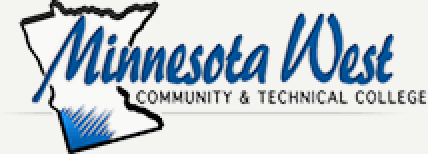MATH 0117 Co-requisite with Concepts in Math
MATH 0117: Co-requisite with Concepts in Math
Description
Co-requisite with Concepts in Math supports students who qualify with additional review, just-in-time learning, deeper conceptual development, repetition over time, and learning skills and habits required to be successful with the corresponding college level Math 1107 Concepts in Math course taken concurrently. Prerequisite: ACT Math score of 11 or placement by multiple measures.
Credits
2
Prerequisite
None
Corequisite
None
Topics to be Covered
1. Growth Mindset, Study Skills and Habits
2. Number Theory and the Real Number System
3. Using Algebra to Model authentic situations
4. Mathematics of Finance
5. Geometry
6. Trigonometry
7. Intro to Statistics
Learning Outcomes
Process Standards
1. Solve authentic problems by applying two or more mathematical strategies or concepts and using multiple steps.
2. Interpret and communicate quantitative information and mathematical concepts using appropriate language for the context.
3. Present written or verbal justifications that include appropriate discussion of the mathematics involved.
4. Use estimation skills to predict and check answers to mathematical problems in order to determine reasonableness of solutions.
5. Make sense of problems, develop strategies to find solutions, and persevere in solving them.
6. Read and interpret authentic texts containing quantitative information.
7. Use technology when appropriate for a given context.
Topical Standards
8. Develop study skills, habits, and perseverance needed in college Math courses.
9. Demonstrate fluency with order of operations on real numbers through verbal and symbolic communication.
10. Represent fractions, decimals, and percentages in equivalent forms.
11. Demonstrate fluency when ordering real numbers.
12. Demonstrate an understanding of large and small numbers by interpreting and communicating with different forms (including words, fractions, decimals, standard notation, and scientific notation).
13. Describe quantitative relationships and solve problems in a variety of contexts.
14. Analyze, represent, and solve authentic problems involving proportional relationships and percentages with appropriate use of units.
15. Read, interpret, and make reasoned conclusions about data that is summarized in a table or a graphical display.
16. Use the Cartesian coordinate system to graph points and equations.
17. Use and interpret variables as unknowns, in equations, in simplifying expressions, and as quantities that vary.
18. Evaluate algebraic expressions for a given value or values.
19. Model and solve applied problems involving both linear and nonlinear relationships.
20. Express and interpret relationships using equality and inequality symbols.
21. Graph inequalities on a number line.
22. Recognize when a linear model is appropriate
23. Solve linear equations.
24. Apply linear models to solve problems using tables, graphs, words and/or equations.
25. Calculate and interpret a rate of change as given by a symbolic, graphical, or numerical representation.
26. Apply appropriate formulas to solve problems involving perimeter, area, and volume.
27. Represent measurements with appropriate units.
28. Convert among units of measurement.
Credit Details
Lecture: 2
Lab: 0
OJT: 0
MnTC Goal Area(s): None
